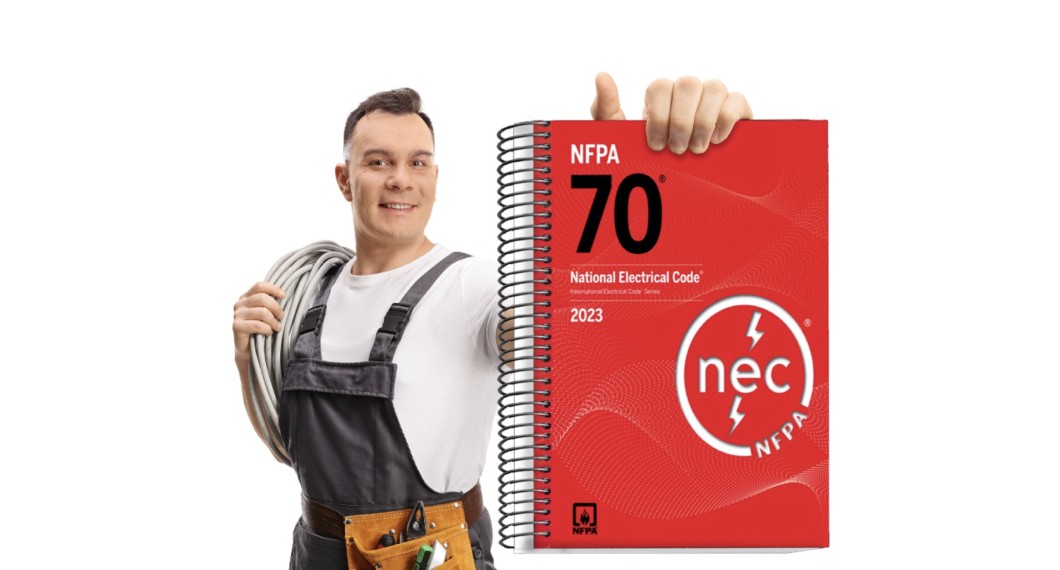
The 2023 NEC® is Here! What You Need to Know
In September of this year, the NFPA voted to issue the 2023 National Electric Code® (NEC®) and the codebook and handbook are now available on their website. While the 2017 NEC is in effect in 18 states and 2020 NEC is in effect in 24 states, this latest version is already in the process of being adopted in Massachusetts and Wyoming with several other states expected to go into effect in 2023.
NEC Usability Improvements
Several of the changes in the new 2023 NEC aim to improve usability. For example, systems that exceed 1000 VAC or 1500 VDC medium voltages, such as those found in substations and other utility applications, have been relocated to their own separate articles along with additional information and provisions that were previously lacking. Other changes include removing anomalies and outdated articles, such as the removal of Article 720 for circuits and equipment operating at less than 50 Volts, which was added in 1920 for rural low-voltage systems that haven’t been manufactured or deployed for several decades. Articles to address new technologies and spaces have also been added, such as Article 369 for new tubular covered conductors used for shipboard power distribution and Article 371 for new flexible bus systems constructed of fine stranded conductors for moving high amounts of power. One new article getting some attention is Article 512 – the first code to specifically address electrical systems for cannabis oil preparatory equipment and extraction equipment that uses flammable materials.
Relevant to electricians, integrators and low-voltage contractors alike are the addition of Class 4 power and changes to Class 1, Class 2 and Class 3 circuits. We’ll break those down for you, and we’ll cover some “housekeeping” improvements we saw in the new book.
Class 4 Power: A New, Safe Way to Deliver More Power
One of the most exciting additions to the 2023 NEC is Article 726 Class 4 Power Systems. This is a whole new way of safely delivering power known as Fault Managed Power, which is sometimes referred to as digital electricity or smart power. Unlike other circuits where safety depends on power being limited by the power source voltage and circuit wattage, Class 4 systems maintain safety through technology. The voltage of a Class 4 system can be up to 450V AC or DC, which is technically a dangerous level of voltage. However, in a Class 4 system, power is delivered as energy packets between a transmitter and a receiver at about 500 packets per second, with a “handshake” between the transmitter and receiver that monitors each packet for a fault condition.
If you’re familiar with Class 2 Power over Ethernet (PoE) technology, you’ve likely heard of the handshake that happens between power sourcing equipment (PSE) like a PoE switch and a powered device (PD) where the PSE detects the PD via short low-voltage pulses and determines how much power is required. The Class 4 Power handshake is similar, but it’s happening 500 times per second (or about once every 2 milliseconds). If a fault is detected, the energy packets immediately cease transmission. The small amount of energy and duration of each packet is not enough to cause any risk of shock or fire. In fact, it’s so small that it’s virtually unnoticeable to the human touch. The cables used for these systems must also be UL listed for Class 4.
There are already a few Class 4 systems available on the market and adoption of the technology by the 2023 NEC will lead to additional options. The primary application will be for systems that require more power than the 100 W limitation of Class 2 power. At 450 V, a Class 4 system can deliver more power much further distances – upwards of 2400 W or to distances around 2000 meters. New Class 4 systems offer the opportunity to implement a DC power infrastructure for buildings and can be used to power active network equipment (i.e., PoE switches), wireless antennas, digital displays, LED lights and other devices that require more than 100 W. In addition to being safer, it provides more efficient power delivery, with the potential to deliver DC power without the significant losses that occur when performing AC-DC conversion. It even has the potential to couple power directly from renewable wind and solar DC power sources.
Good Housekeeping Enhancements
The 2023 NEC Code Book delivered some great “housekeeping” enhancements that helped to streamline content and drive relevance for modern users. But one good housekeeping tactic might take some getting used to! All definitions were moved to Article 100, rather than being scattered throughout the various chapters. While it might be less convenient, this change will help ensure consistency, accuracy and harmonization of definitions throughout the document, while eliminating redundancy.
Another change to help improve the Code is the relocation of Class 1 power-limited, remote control and signaling circuits to a new Article 724. These circuits used to be covered along with Class 2 and Class 3 circuits in Article 725, but they are not typically recognized by the low-voltage industry as power-limited circuits. Worth noting is that Article 724 only covers Class 1 circuits that are greater than 30 V and 1500 W since anything higher is actually covered in Chapter 3. Moving Class 1 circuits to their own article simplifies Article 725 and eliminates redundancy.
Additional simplification of Article 725 comes with the removal of cabling requirements. All the cable requirements for Class 2, Class 3 and new Class 4 circuits are now in their own separate Article 722 rather than lumped in with the circuit requirements. This further eliminates redundancy, while making Article 725 overall much smaller and easier to work with – similar to how communications circuit cables like twisted-pair network cables are addressed in their own Article 800.
Another addition worth noting is that Section 110.3 now requires evaluating the cybersecurity of networked life safety equipment. While not typically a concern for installers, cybersecurity has become a critical concern and needed to be addressed. It’s likely that we’ll see additional changes in the next round of the NEC that further address our changing times—but that won’t come for another three years.
By combining innovative wire and cable solutions with a service-focused approach, Paige has become the go-to provider for application-driven products for more than 60 years. With an operating presence in more than 100 countries and seven North American locations, we have the reach to handle the most complex jobs and the expertise to customize any order to our customers’ exact needs.
Because of our reach and expertise, we’re heavily involved in many industries, including OEM, irrigation, datacom, utility, and more. If you have any questions about the NEC classification of cables, we’re here to help. Chat with us online at www.paigeconnected.com.

